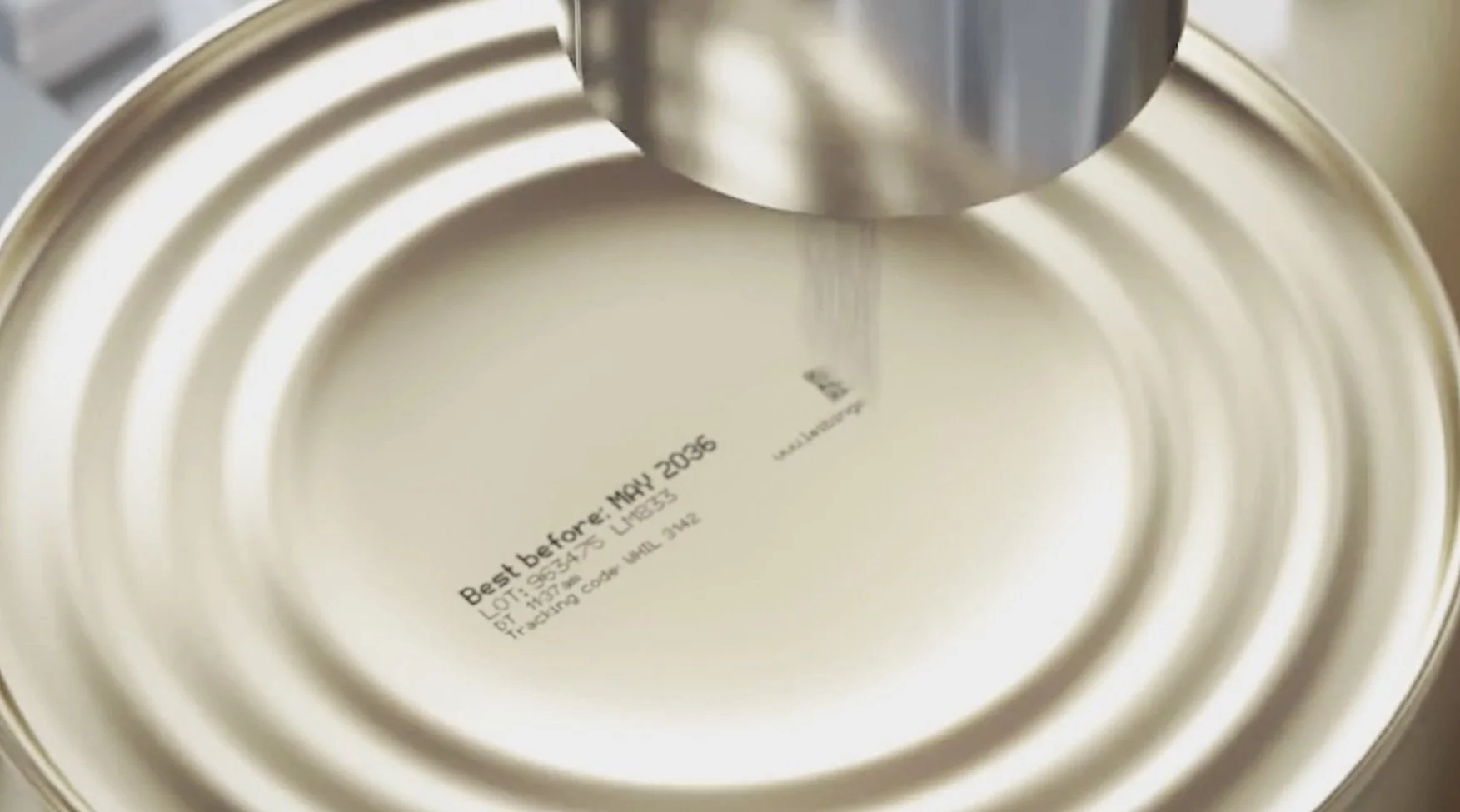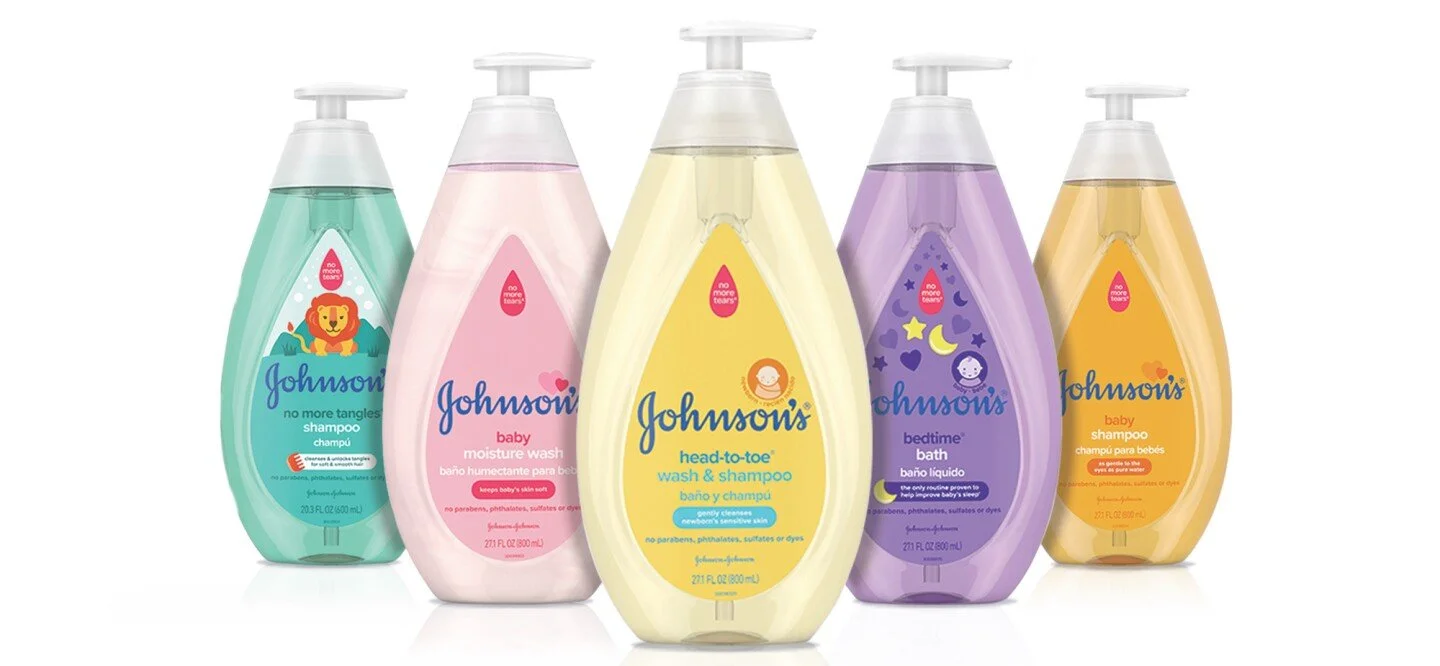Product Identification Overview
Product identification is a broad category of equipment that ranges from inkjet printing to labeling to bar code scanning and vision systems. It includes functions such as product traceability (date and lot coding), brand protection, nutritional information as well as a myriad of other required and decorative labeling. With a rapidly changing business environment and constant threats from theft, counterfeiting and product tampering, product identification is a critical part of every production line.
Date and Lot Coding
Date and lot coding is the number used to identify when the product was manufactured. Typically used in the event of a recall. The manufacturer uses these numbers to identify the date and lot that a recalled item was produced. A manufacturer’s quality control also uses it to track quality from lot to lot.
Best By/Use By/Sell By
A "Best By" date indicates when a product will be of best flavor or quality.
A “Use-By" date is the last date recommended for the use of the product.
A "Sell-By" date tells the store how long to display the product for sale for inventory management.
Continuous Ink Jet
Continuous Ink Jet is ideal for marking on flat or curved surfaces. Continuous Inkjet Printer technology is a non-contact printing method that can utilize a range of inks to print on almost any substrate or product.
This technology is largely used to print batch codes, serial numbers, barcodes and traceability information onto products and packaging.
Laser Marking
Laser marking works by using a focused beam of light to mark the surface of a material. When the beam interacts with the material's surface, depending upon the material, it either alters the material's properties and appearance or ablates a layer to exposed the underlying color or material. The advantage of these markings is that it is a permanent mark and cannot be removed.
Print and Apply
Print and apply labeling allows users to create and apply labels directly onto a product and its packaging. These labels can carry data such as alphanumeric text, barcodes, serialization, 2D codes, QR codes, addressing, personalization, graphics and more in an accurate and cost-effective way.
Decorative or Primary Labeling
Decorative or primary labeling allows manufacturers the ability to apply the labels that are seen by the consumer, to your product. Decorative labels can be a variety of shapes, colors, materials, and sizes. Decorative labels are typically used to draw attention to your product. Once you catch the consumers eye these labels can also provide additional information to consumers.




